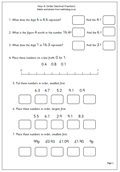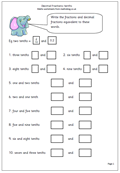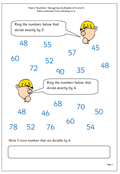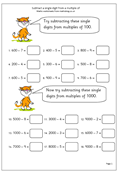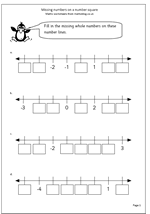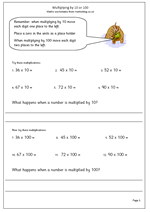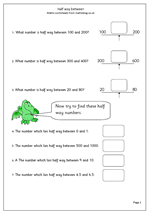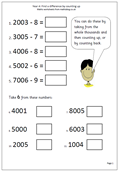 Sometimes a simple question can reveal a great deal about how children deal with numbers. This maths worksheet on finding differences is full of such questions.
Sometimes a simple question can reveal a great deal about how children deal with numbers. This maths worksheet on finding differences is full of such questions.
Let’s look at 3005 – 8 which is easier to do mentally than on paper.
There are several ways that this can be done.
1. Count down, one at a time, 8 from 3005, saying each number as you go. Fingers may be held up on each count down until 8 is reached.
3004, (1), 3003 (2), 3002 (3), 3001 (4), 3000 (5), 2999 (6), 2998 (7), 2997 (8)
2. A different way is to take the 8 from 3000, then add 5.
3000 – 8 = 2992
2992 + 5 = 2997
3. A third way is to take 5 off the 8 leaving 3.
Then take 3 off 3000 = 2997
It is well worth talking to children about how they do this kind of question and what strategies they employ. Much will depend on their knowledge of number.
